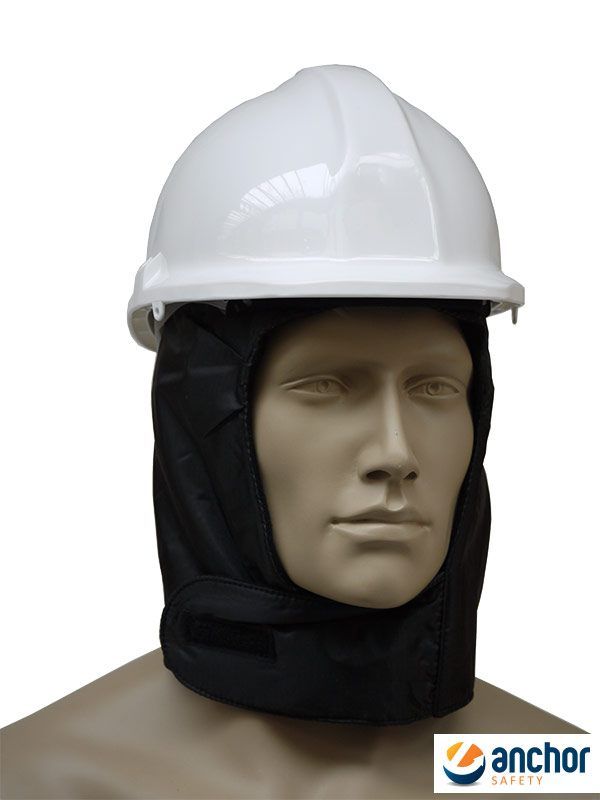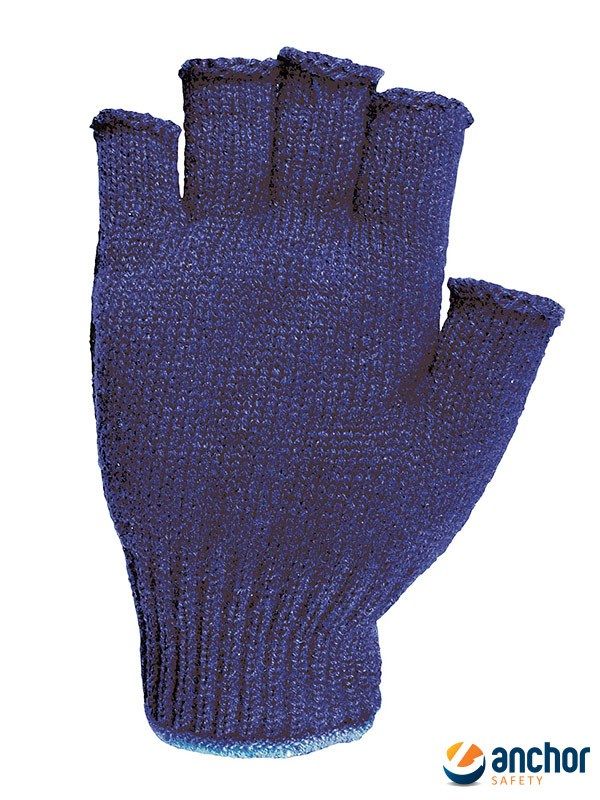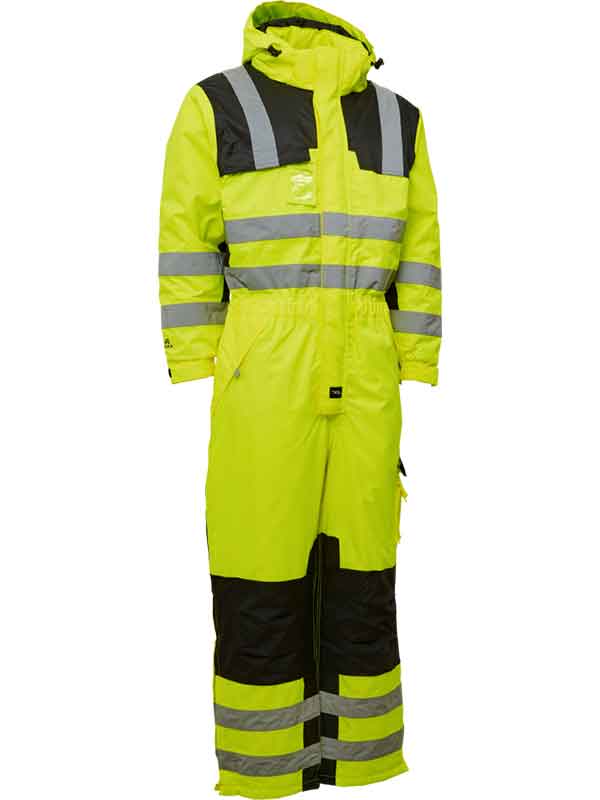Winter 2022/3 is shaping up to be a tough time for businesses: facing high energy bills and the challenges of supply chain turbulence will lead to a stretched supply of cold weather PPE in the coming months. In this series of three helpful blogs we hope to offer some insight and advice to help you support your workforce and help them to work safely to their full potential through the winter at a time when there is financial pressure to turn the heating down.
Do you need help with building your PPE Strategy for this winter season?
It is dangerous to wear bulky clothing for warmth if it will restrict activity. And why risk workers removing gloves which are too clumsy for the task? Read on to understand how a strategic winter PPE plan can keep your workers warm, without compromising their safety.
When body temperature drops, the physiological response is to reduce blood flow to extremities in favour of keeping vital organs warm. These extremities will be affected by the cold first and need additional protection.
Feet:
_l.jpg)
- Layers: A thin polypropylene inner sock will wick moisture away from the skin, beneath an insulating material such as wool. Have spare socks available so that wet ones can be changed.
- Standing on cold surfaces can cause significant heat loss. Try an insulating insole inside your boot. Steel toe caps can act as a cold sink – consider composite toe caps for winter months.
- Ensure footwear fits well without constricting blood flow – size up to allow for extra layers.
- Keep feet dry by wearing gaiters (or trousers with internal gaiters). These prevent water entering the top of boots and trap warm air.
- Keep footwear clean and treated, dry it between uses and ensure that treads are kept clear of debris, to maintain grip.
Head:

- Up to 50% of body heat is lost through the head. A winter hat makes a huge difference.
- Beanie hats and balaclavas are available in a variety of materials, including flame retardant and anti-static fabrics, and even hi-vis colourways.
- Thermal safety helmet liners build a layer of warmth and restrict heat loss. A snood can provide safe protection from draughts around the neck, rather than a dangerously trailing scarf.
Hands:

- Finger blanching is a risk at low temperatures because of reduced blood circulation. Workers using machinery may be at increased risk of vibration injury - hand protection is vital.
- Mitts can be warmer than gloves, but less practical. Try a thin inner glove so that if mitts are removed for more detailed work, hands are protected. Alternatively, mitts with a separate index finger allow for more function.
- Disposable or re-usable handwarmers help in cold weather.
- Ensure gloves will protect from hazards, while also being warm, waterproof and flexible at low temperatures. Thermal linings and deep cuffs enhance insulation and prevent draughts.
Layering the core:

- Breathable thermal base layers, in fabrics with moisture wicking properties, are essential for warm core layering. (For more information, see our previous article explaining how layering works.) Thermal underwear is available in different arm and leg lengths, and can be made with ARC resistant and FR rated fabrics.
- Insulating mid layers in varying or multiple thicknesses should go next – these are available in protective fabrics and different colourways, including high-vis.
- Finally, protective weatherproof outer layers include features to make cold weather working easier, including storm proof pockets, deep adjustable cuffs and internal gaiters. These outer layers protect against multiple hazards, through use of technical fabrics and colours.
Making a complete PPE plan for your workers, both those working inside and outside, is important to do now, before the worst weather kicks in. Planned efficiently, choosing the right combinations and levels of protection will not only help to save you money on energy bills but will also keep your employees safe and productive this winter.